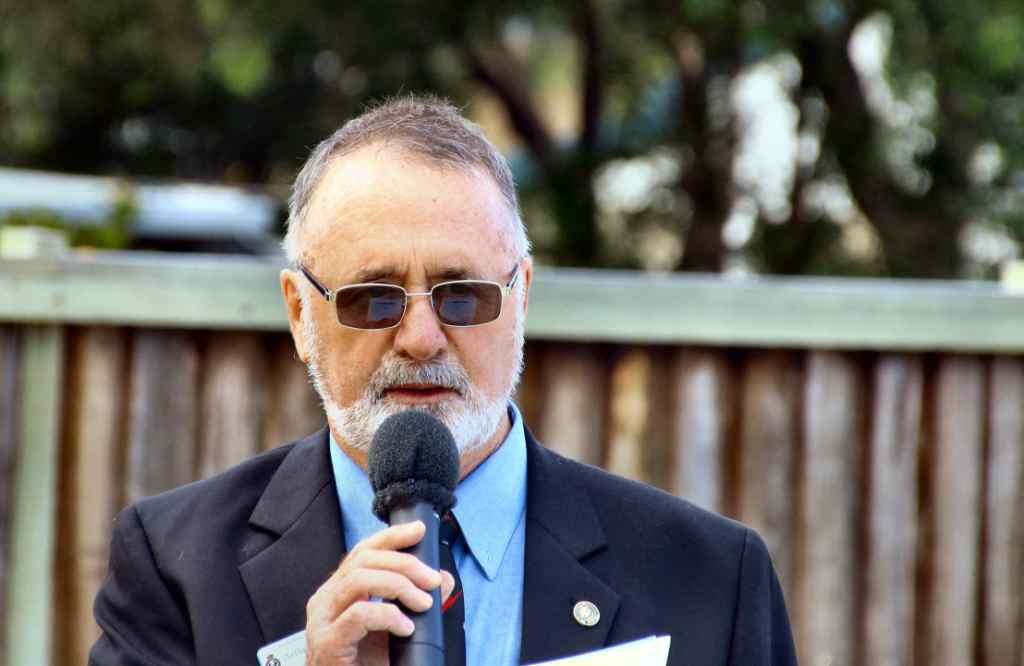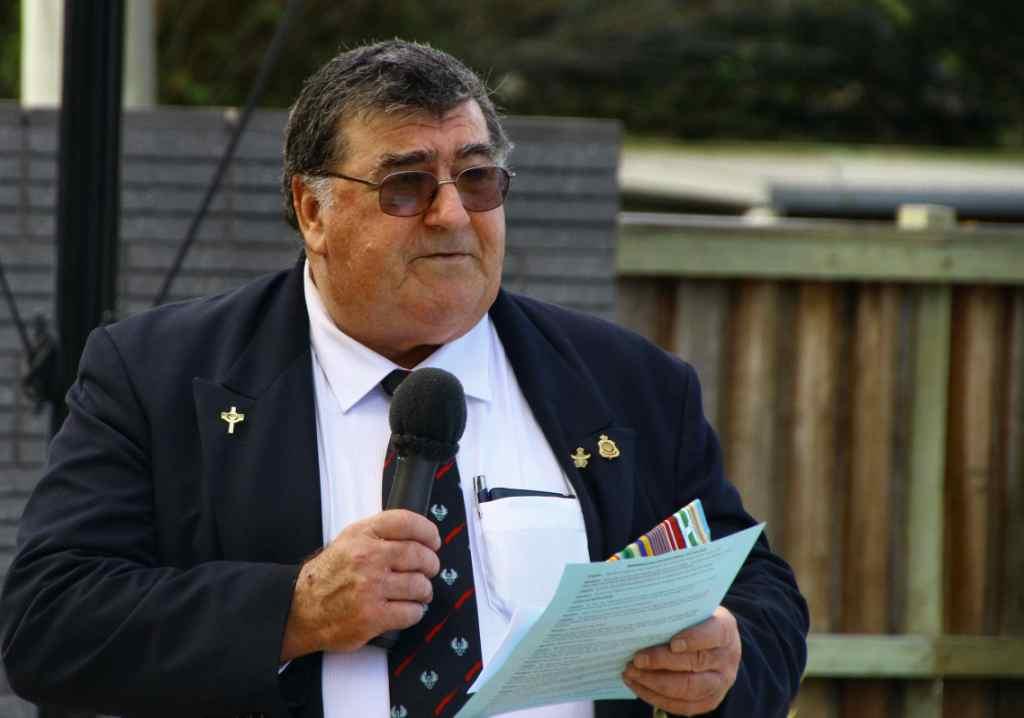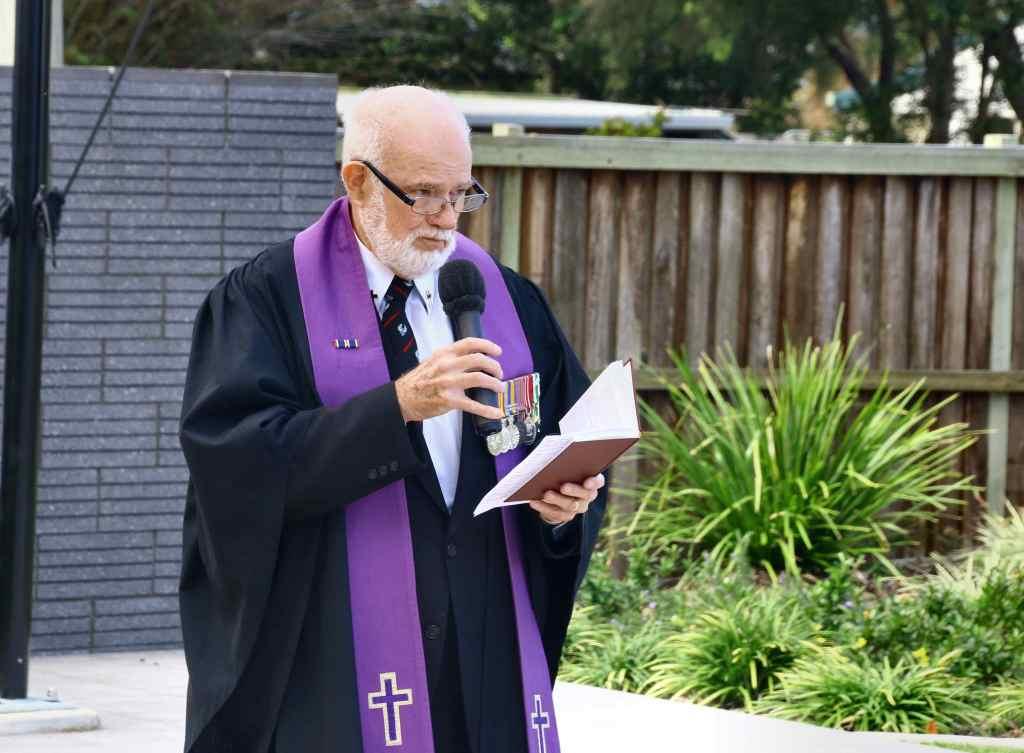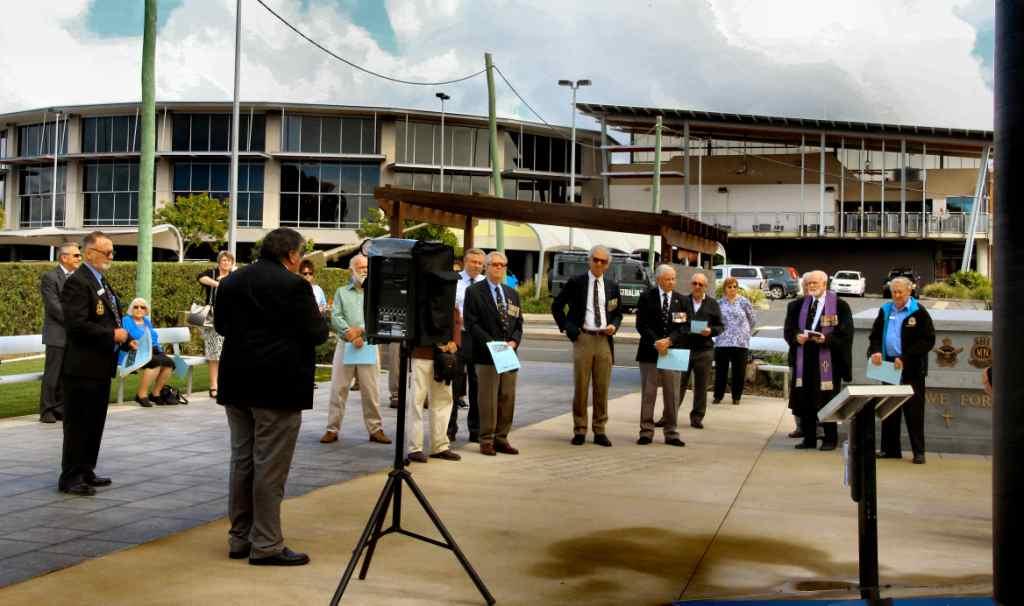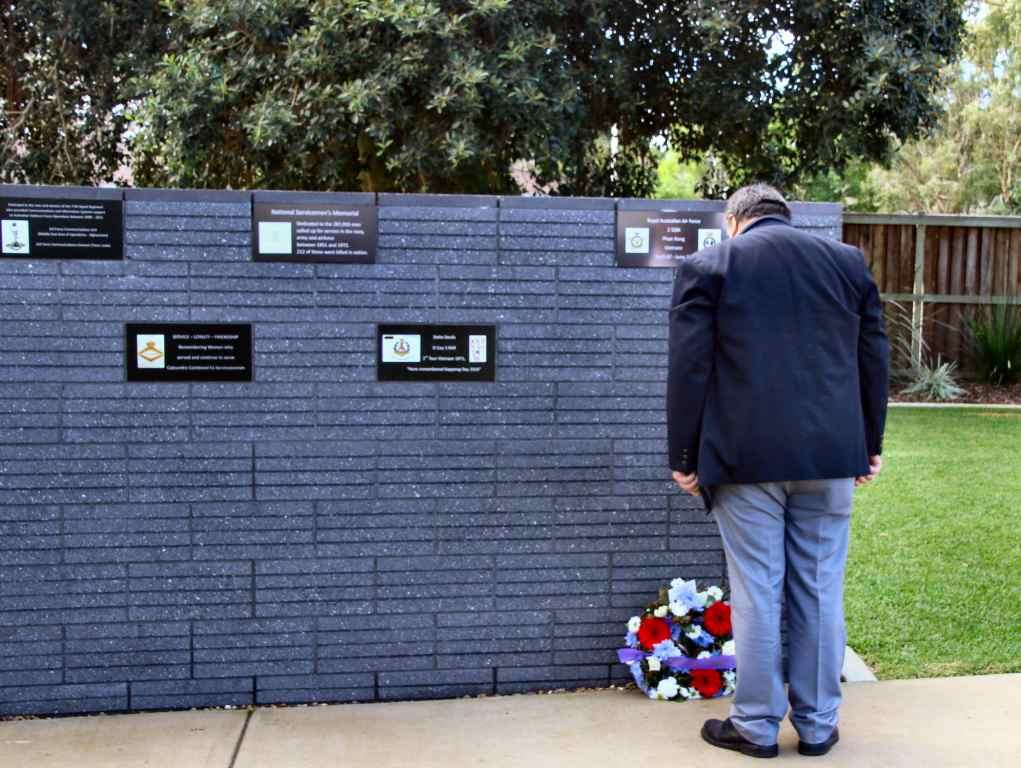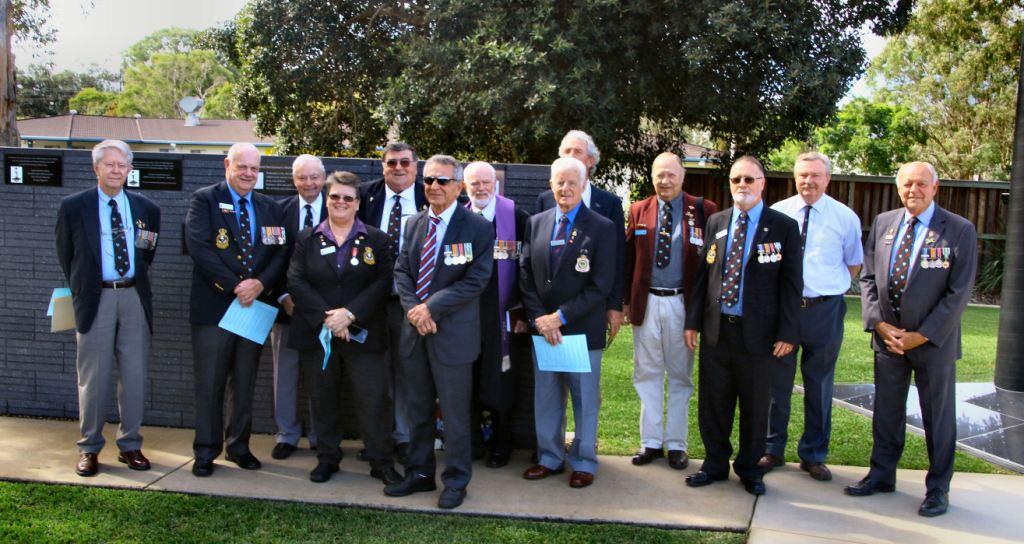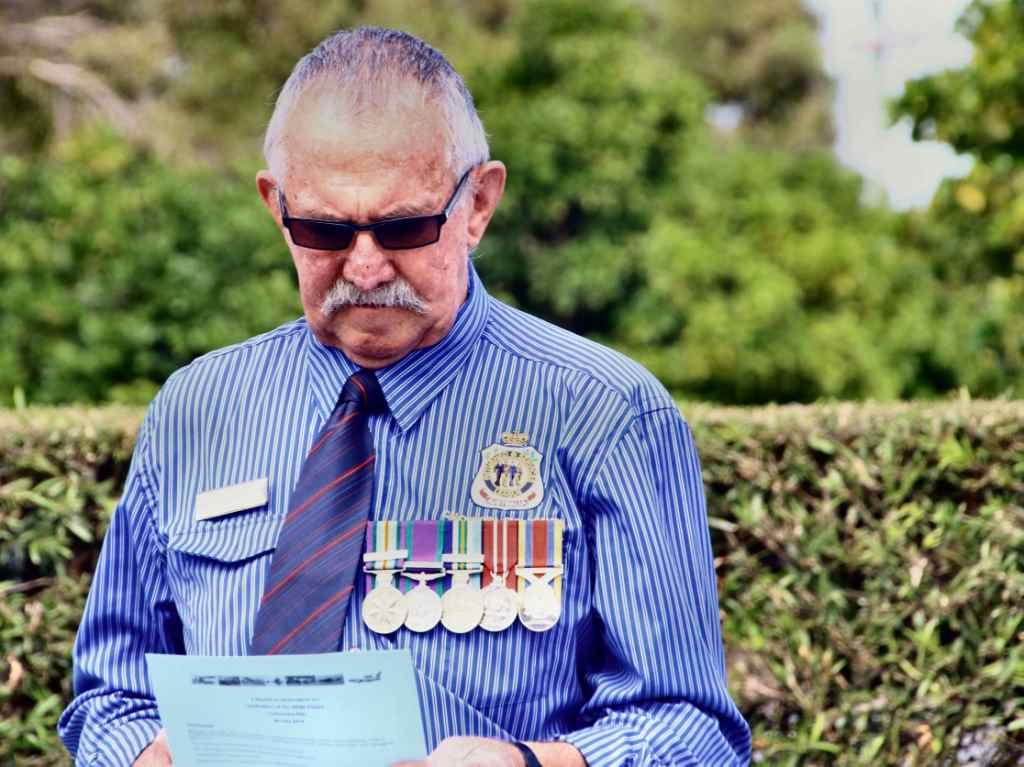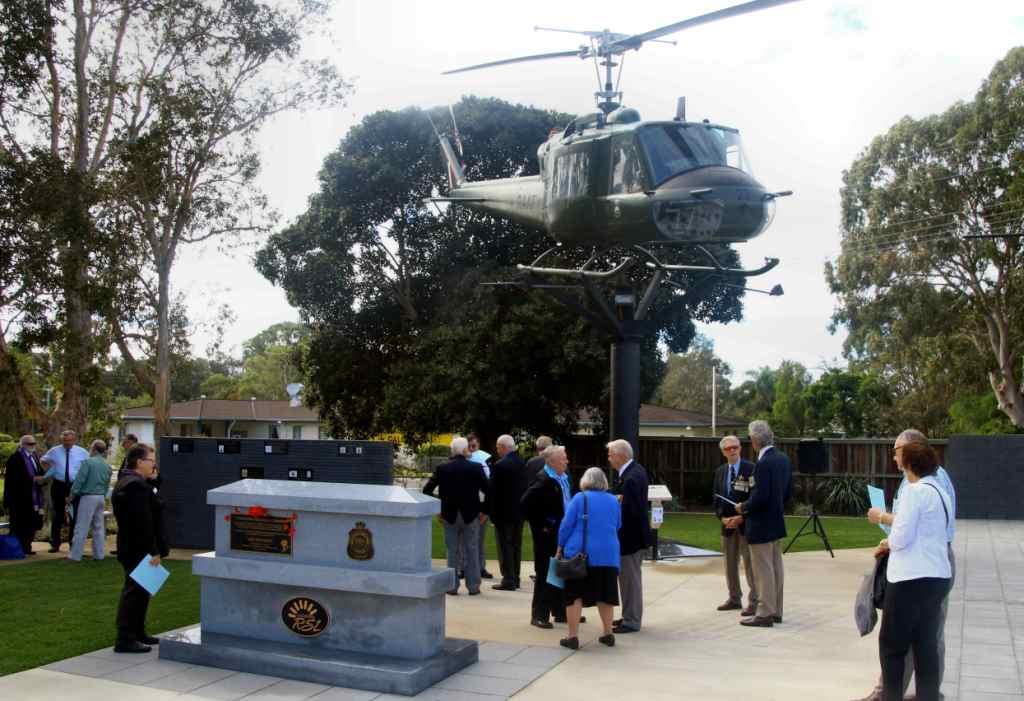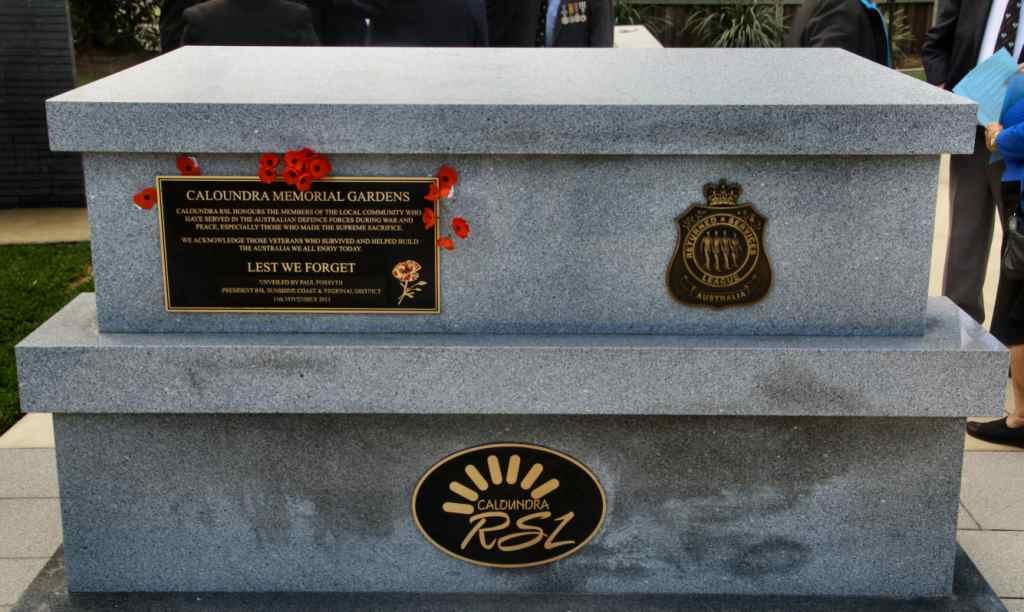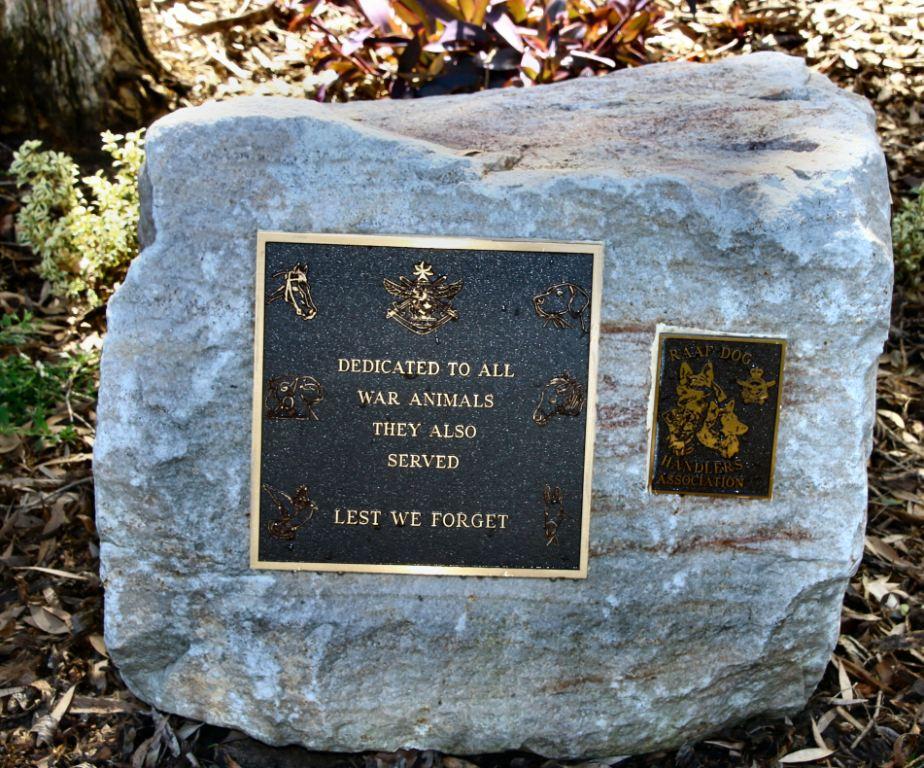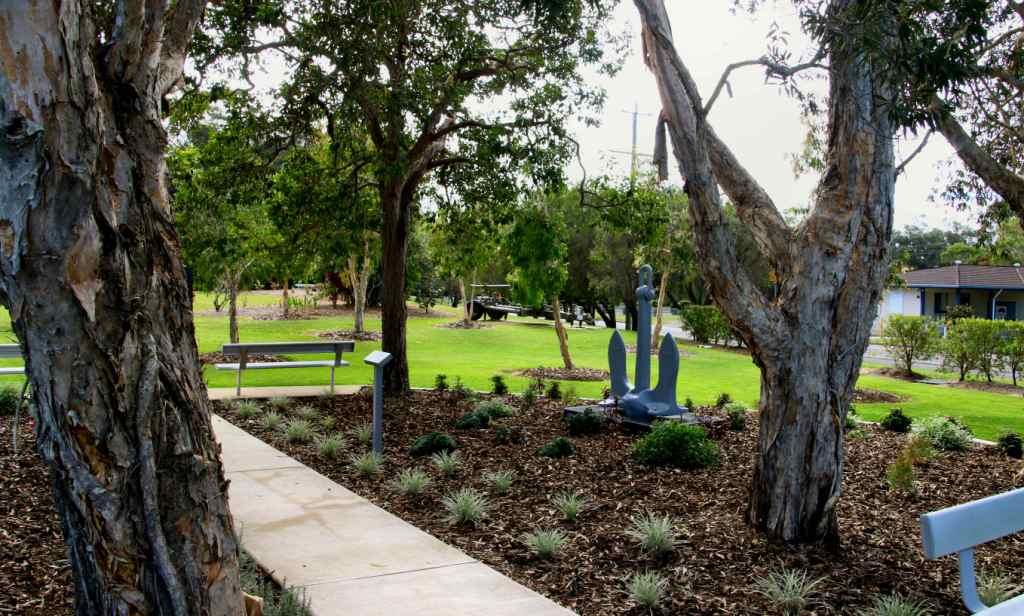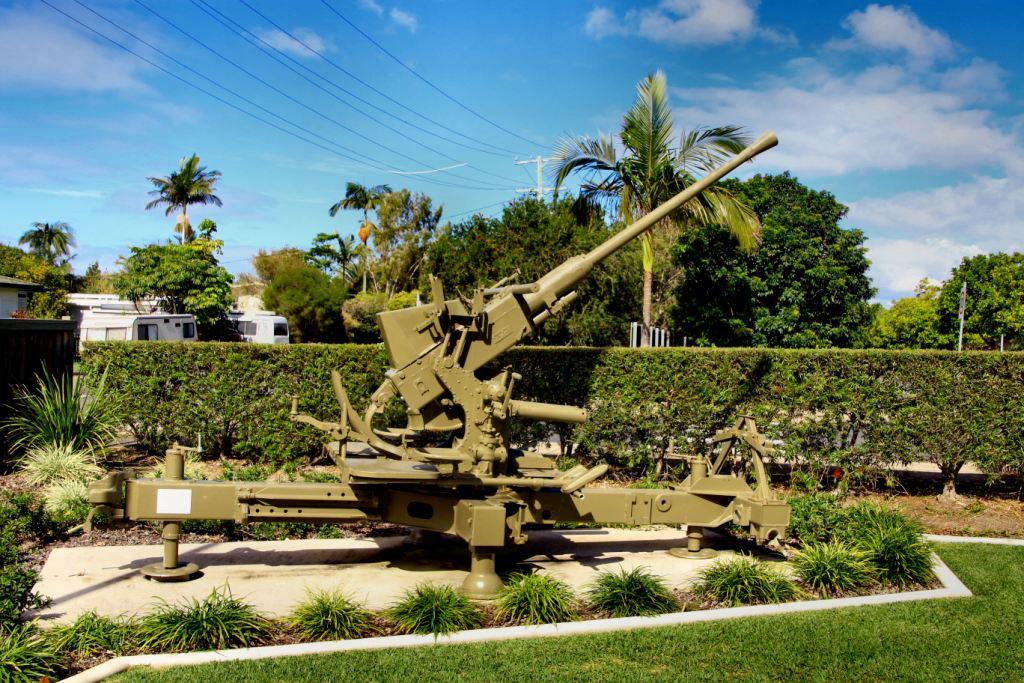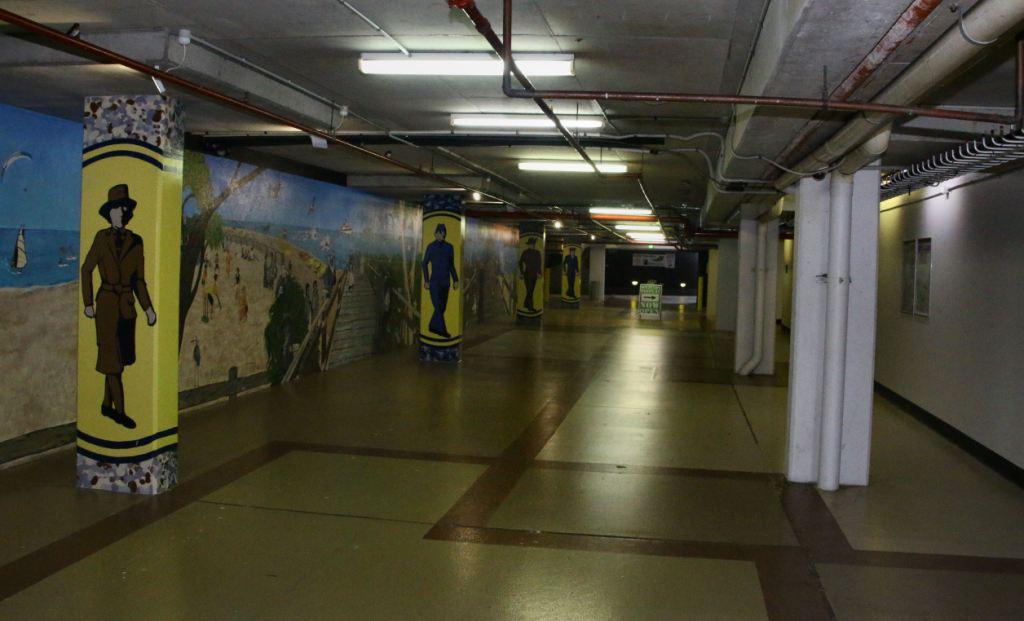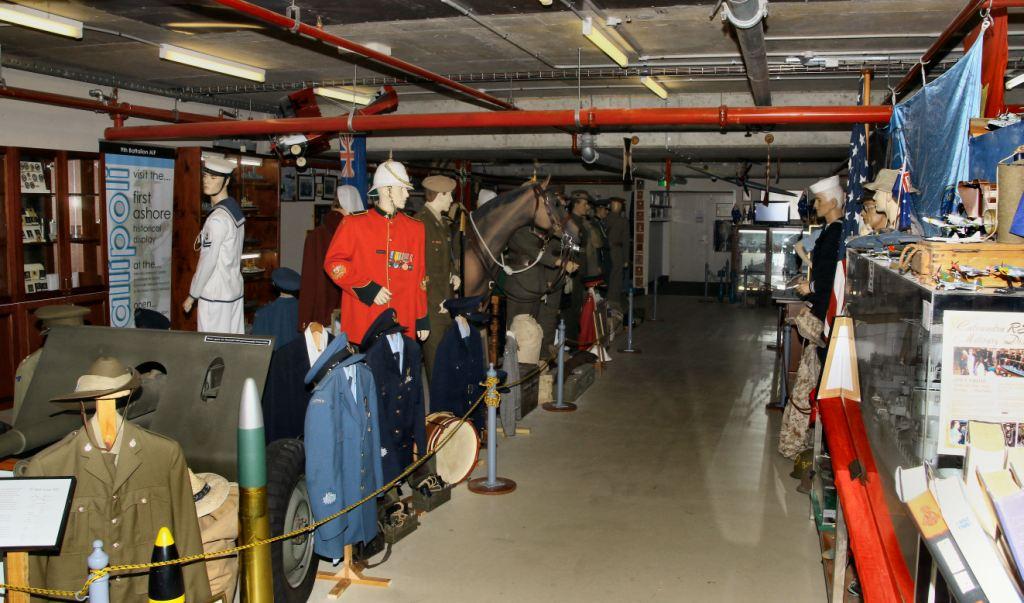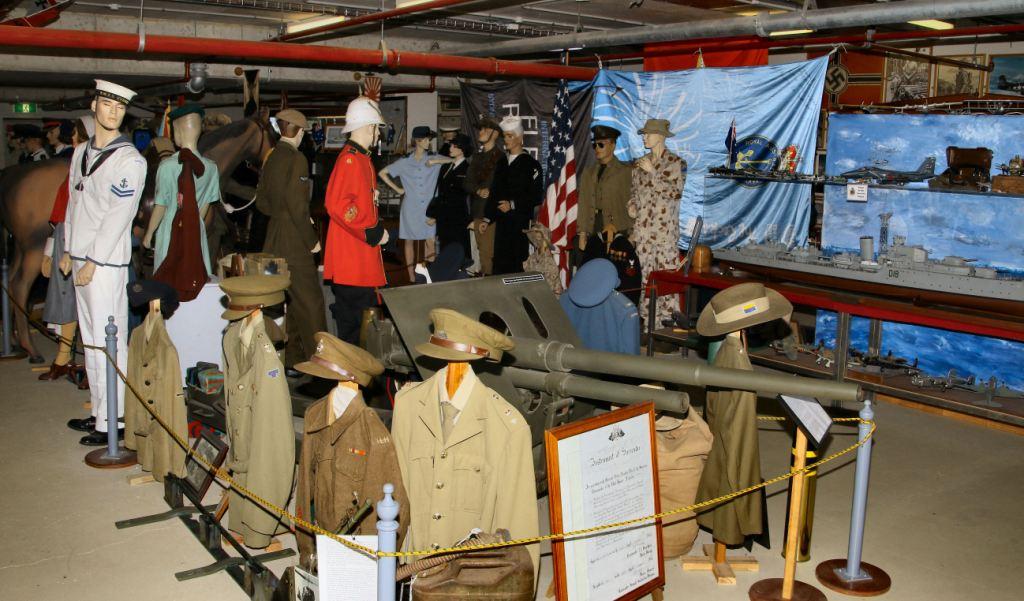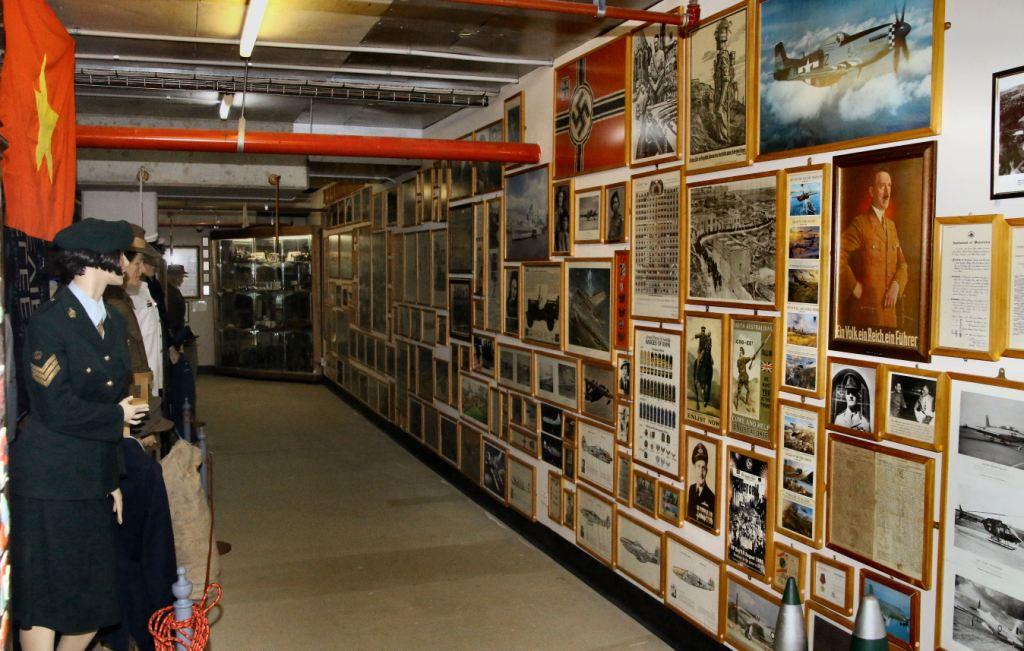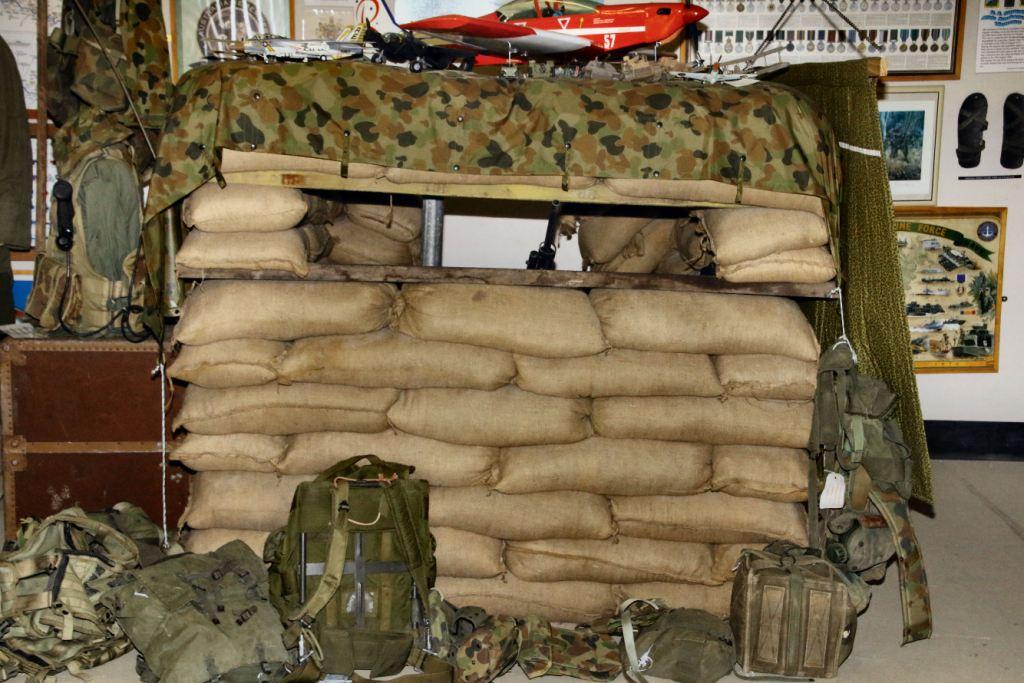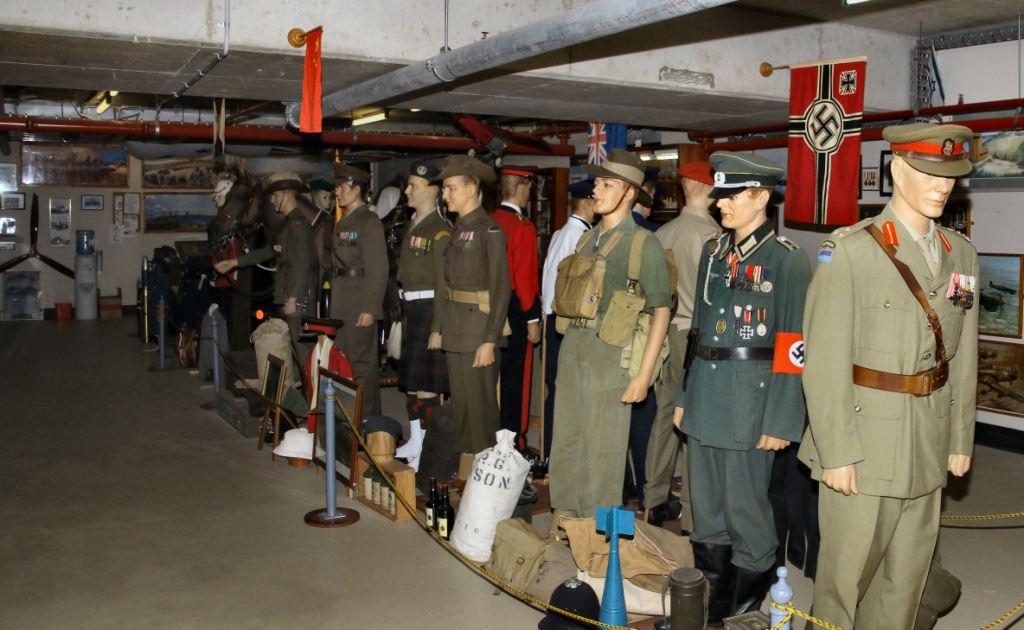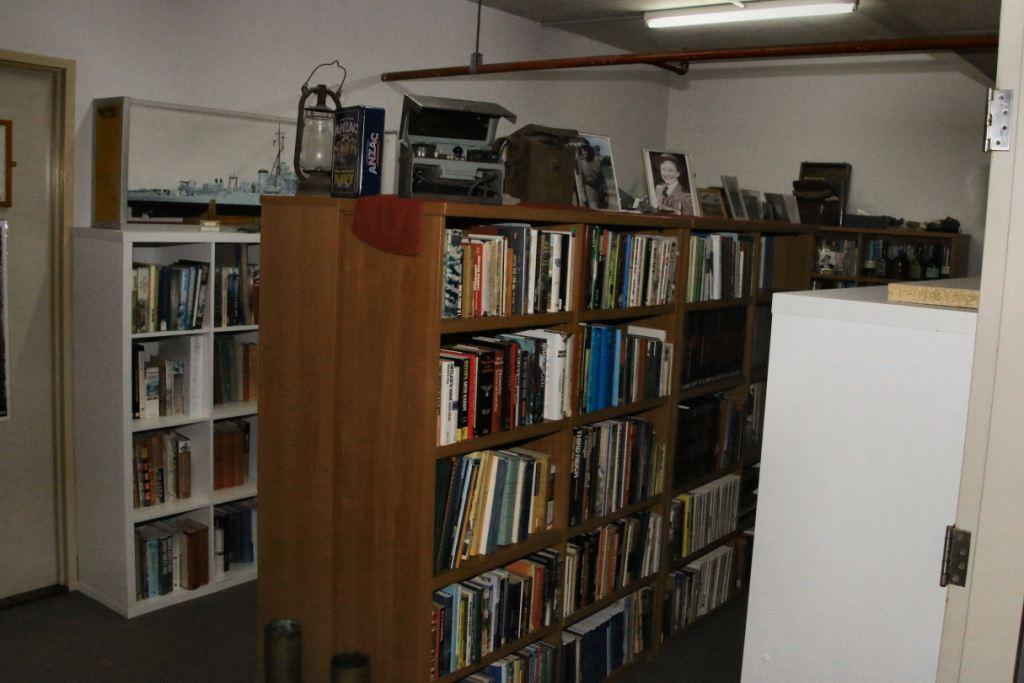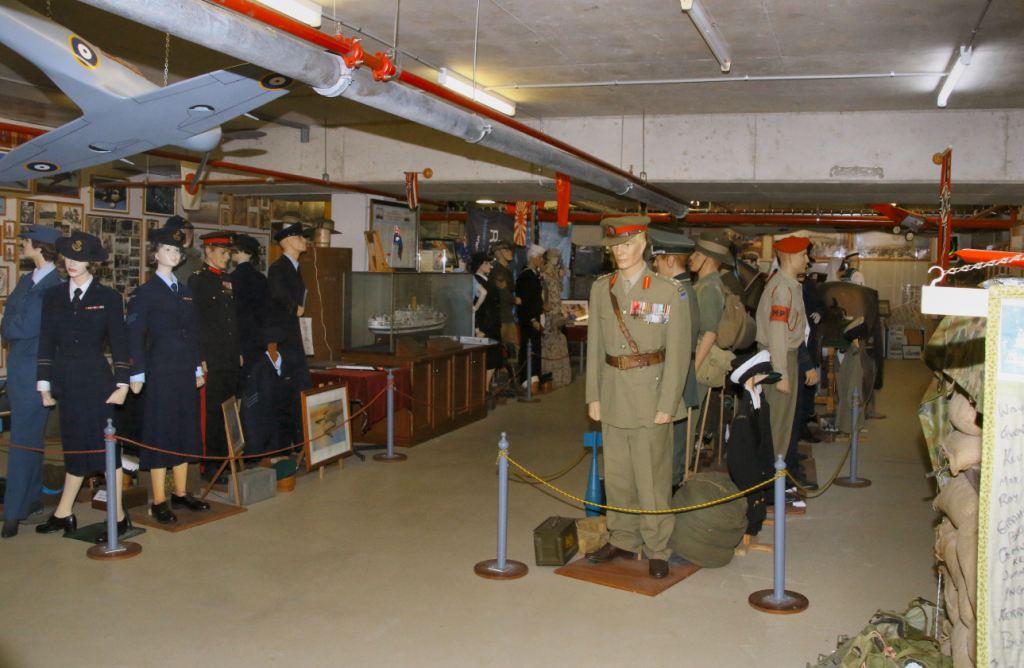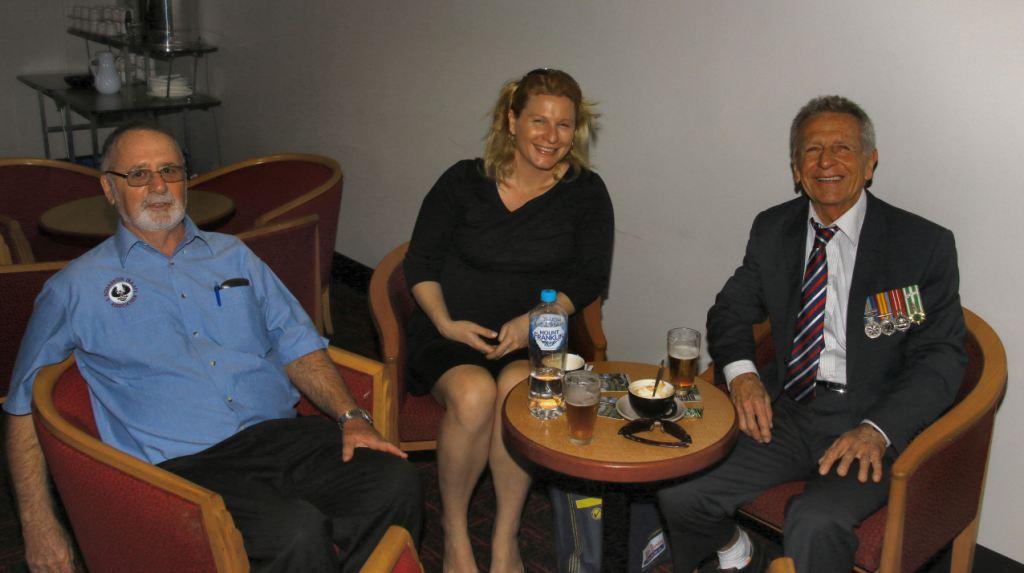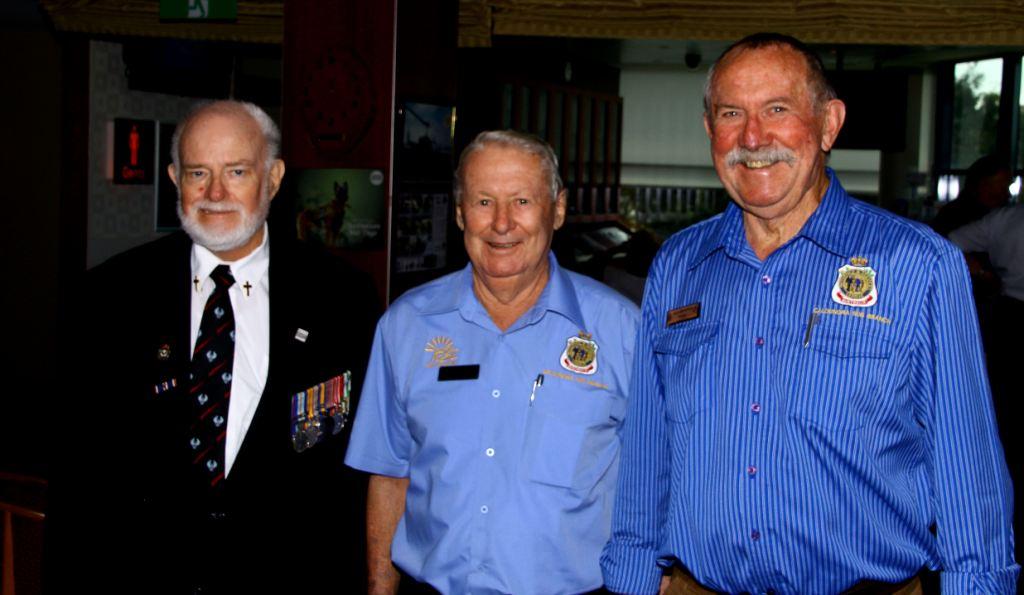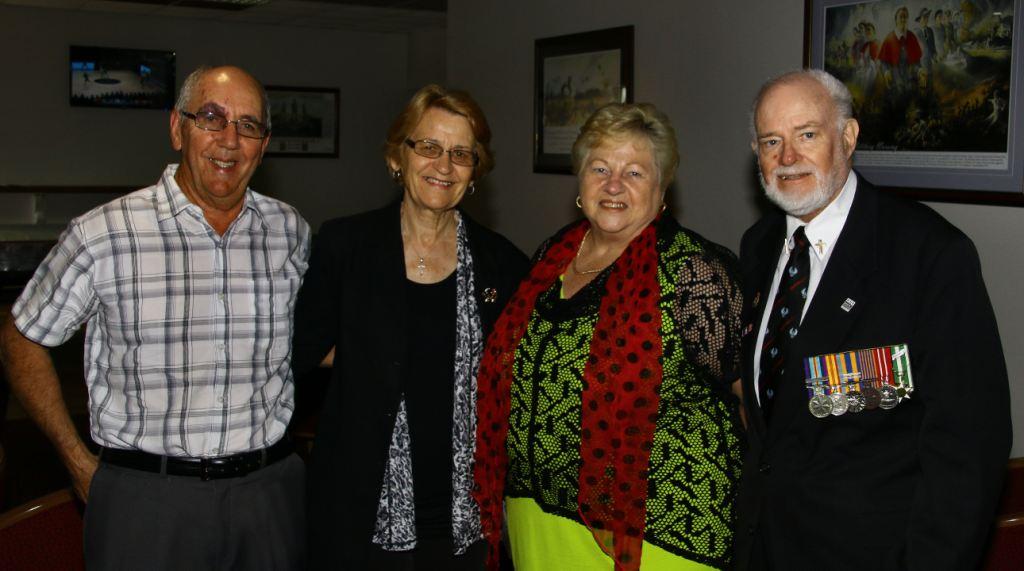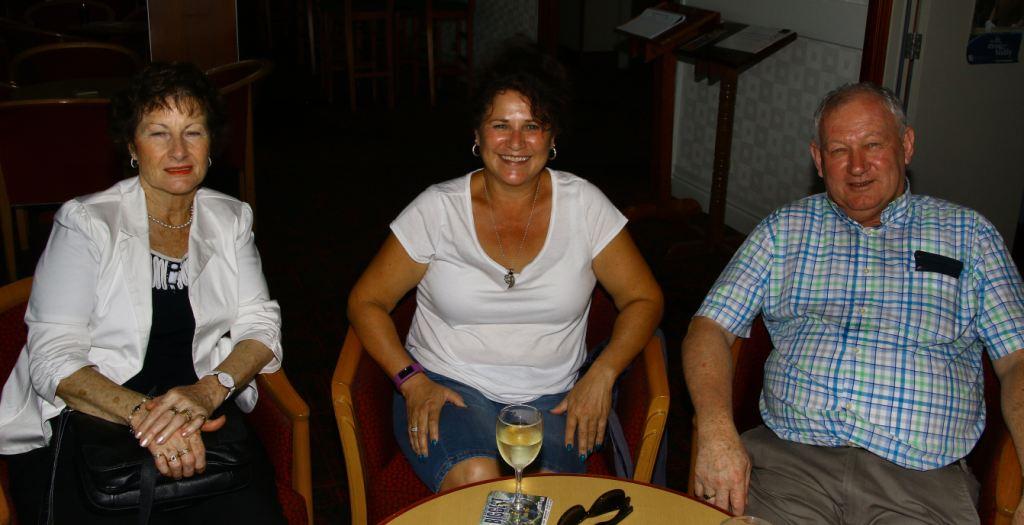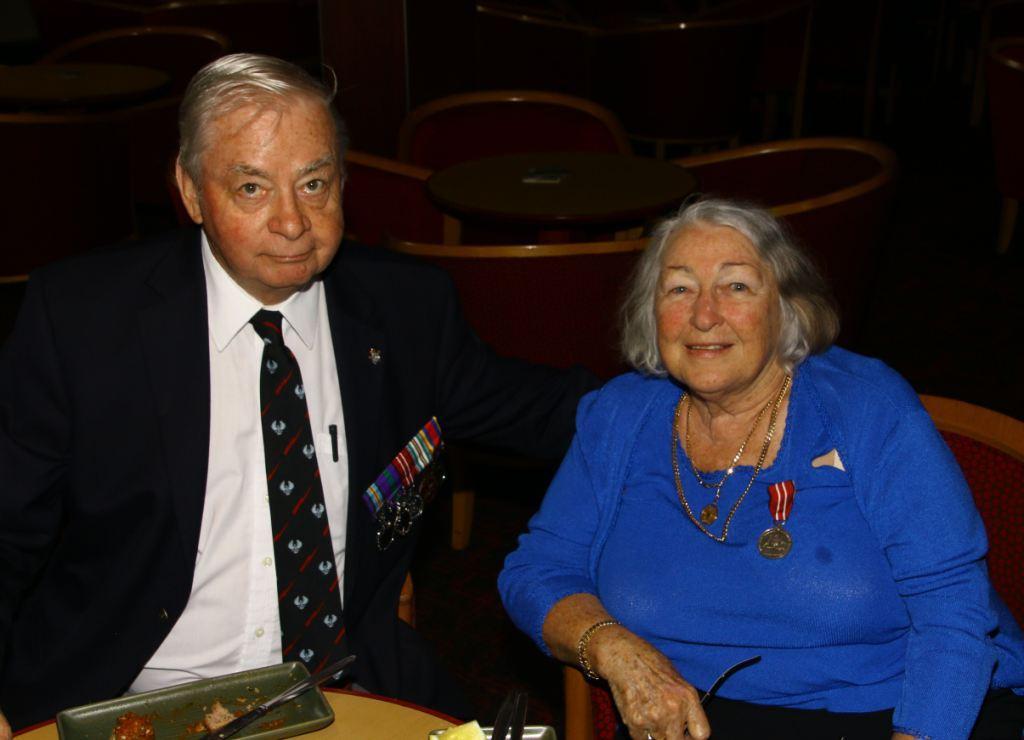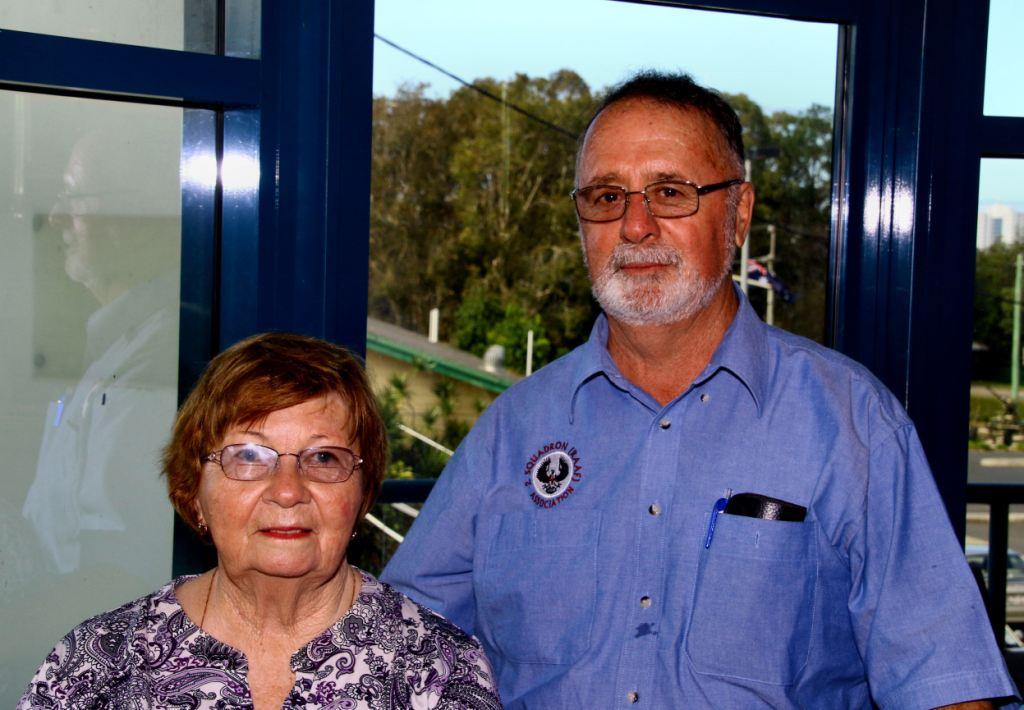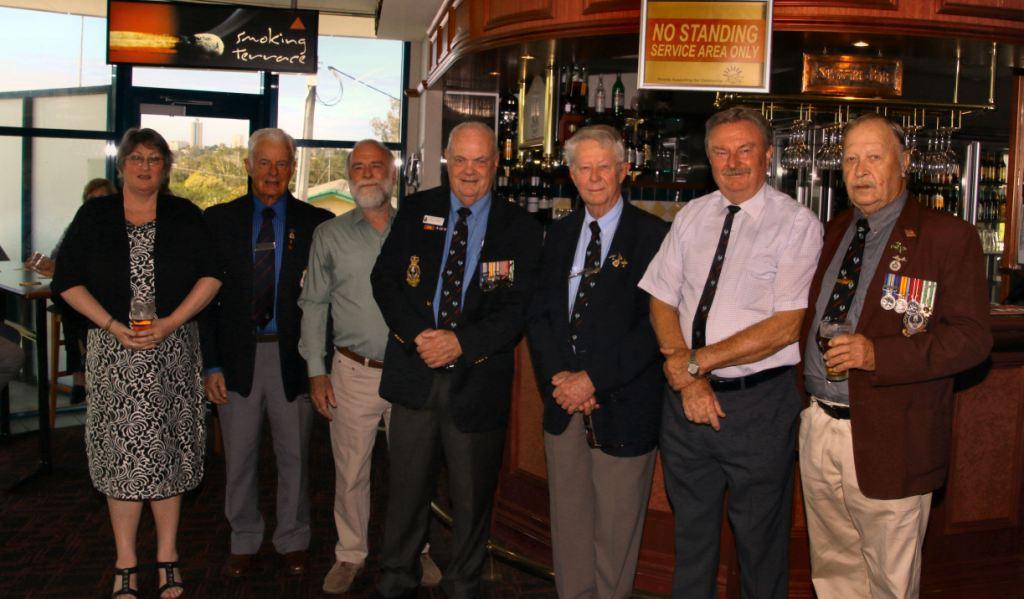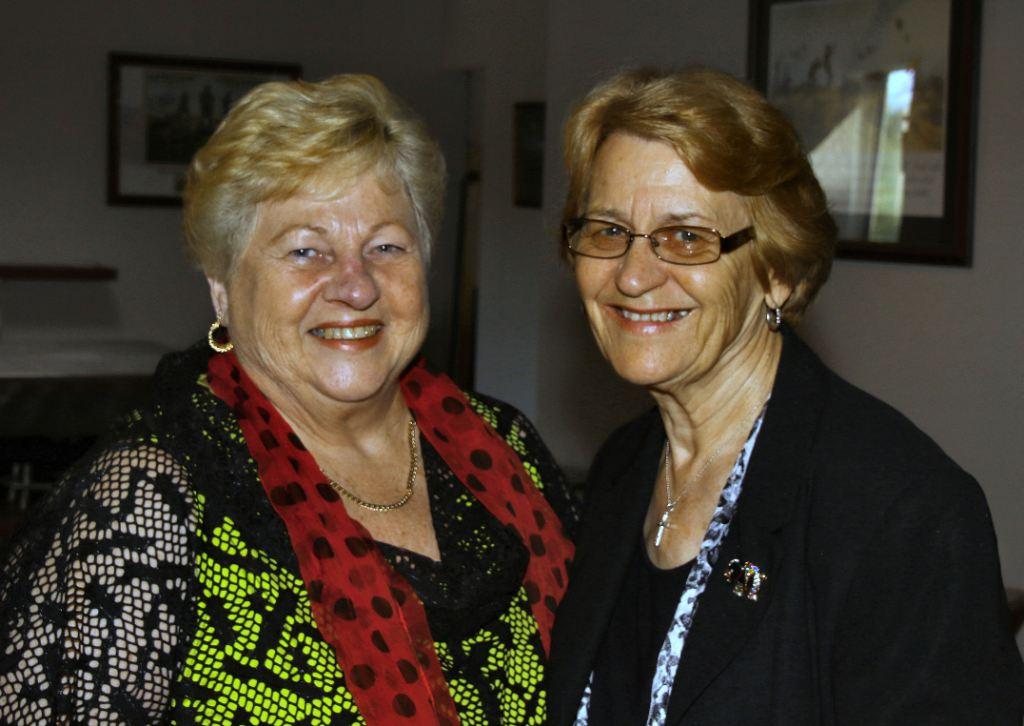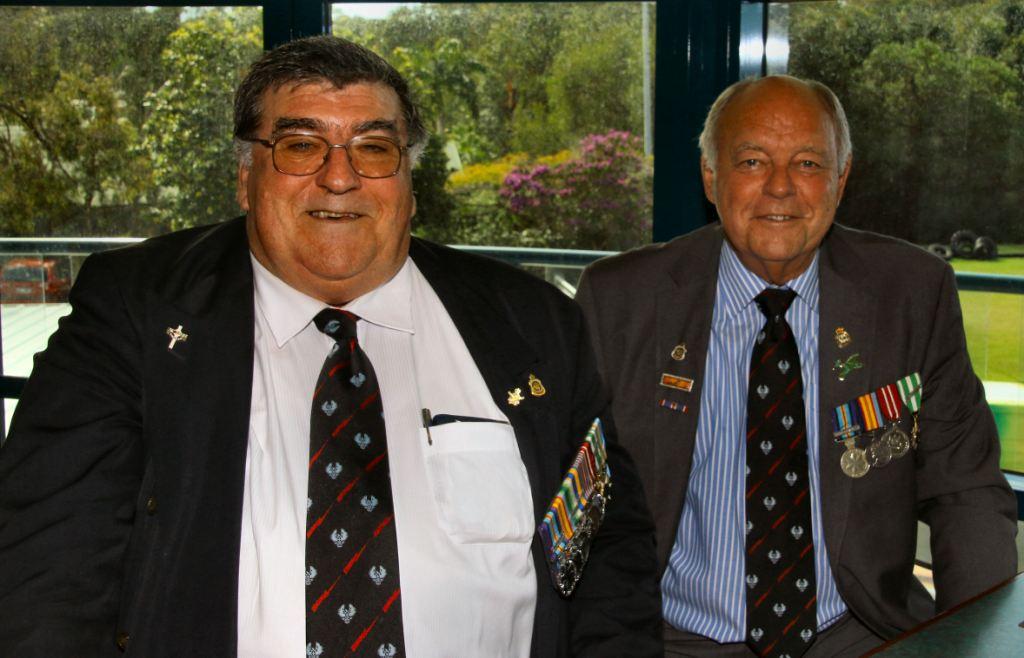|
|
||
|
||
|
Privacy Policy | Editorial Policy | Profit Policy | Join the Association | List of Members | Contact us | Index | Links |
||
|
Back Go to page: 1 2 3 4 5 6 7 8 9 10 11 12 13 14 15 16 17 18 19 20 Forward
|
||
|
2 Squadron Dedication.
On Wednesday the 20th July, members of the 2 Sqn Association gathered at the Caloundra RSL Club (on Queensland’s Sunshine Coast) to participate in the dedication of a plaque to commemorate the Squadron’s service in Vietnam during the period, 1967 to 1975.
When eight Canberras of 2 Squadron (It had been operating Canberras
since 1953) landed at Phan Rang air base in South Vietnam in April 1967,
the squadron had already been serving in south-east Asia for nine years.
In July 1958 it had been sent to Butterworth to relive 1 Squadron as
part of the Far East Strategic Reserve. 1 Squadron had been operating
Lincolns and was being repatriated to Australia to be re-equipped with
Canberras. Until then, it had been the mainstay of the Commonwealth air
operations in Malaya during the Malayan Emergency but by the time 2
Squadron arrived the
The Government Aircraft Factory (GAF) built a total of 48 Canberras in Australia with modifications including a reduction in crew from three to two (pilot and navigator/bombardier) and increased fuel capacity. The first came off the production line in 1953 and the last in 1958, they became known as the GAF Canberra Mk.20. The Australian Canberras were joined in 1956 by two British-built Canberra T.4 trainers and in 1957-1958 five Mk.20’s were converted to dual control Mk.21 trainers. They were operated by Number 2 Squadron from 1953, Number 6 Squadron from 1955 and Number 1 Squadron from 1958. (the Canberra went on to serve with distinction for many years and the last was retired from the RAAF in 1982.)
Although the Canberra had a smaller weapons payload than the Lincoln it could deliver ordnance more accurately at lower levels and at higher speeds, which was highly important to compete in a modern theatre of combat with more sophisticated air defences. The Canberra carried a 3,628 kg/8,000 lb payload in an internal weapons bay and on two external underwing hard points which was 2,700 kg/6,000 lbs less than the Lincoln.
Phan Rang, 260 kilometres north-east of Saigon, was the capital of Ninh
Thuan province. The base was situated 13 kilometres from the city and
was a "giant complex" covering more than 27 square kilometres. It had
only recently been completed when 2 Squadron arrived and was home to the
United States Air Force's 35th Tactical Fighter Wing. The first of the
squadron's Canberra bombers landed at Phan Rang on 19 April andflew
their first mission on 23 April. For the next four years the squadron
flew an average of eight missions a day, seven days a week. Unlike the
1st Australian Task Force in Phuoc Tuy province,
For the first few months the squadron mostly few "combat sky spot" missions, where aircraft were guided by ground radar to a target and told when to drop their bombs. Most of the flights were flown at night and tended to be routine and boring. In September the squadron began low-level daylight bombing, hitting targets from low altitude, between 370 and 915 metres. The squadron had conducted similar bombing missions in Malaya but refined its accuracy in Vietnam to such an extent it consistently out-performed all other units of the 35th Tactical Fighter Wing.
|
||
|
As I was getting in bed, she said, "you’re drunk" I said, "How do you know?" She said, "You live next door."
|
||
|
This high proficiency was not limited to just aircrew, but applied to
the ground crew as well. The maintenance staff worked 24 hours a day on
a two-shift roster, achieving the
The squadron hit targets from the demilitarised zone in the north, the border between North and South Vietnam, and the Mekong Delta in the south. This included enemy concentrations around Hue, the siege of Khe Sanh in 1968, and the South Vietnamese attack into Laos in 1971. In total, the squadron flew over 11 900 combat missions. It also lost only two aircraft during the conflict: one disappearing on a night bombing mission in 1970, with its crew were listed as "missing in action", while the other shot down by a surface-to-air missile near the demilitarised zone in 1971.
After four years and two months in Vietnam 2 Squadron returned to Australia in June 1971, the first RAAF squadron to do so. Upon its return 2 Squadron was awarded two foreign unit citations: the Cross of Gallantry with Palm, from the Republic of Vietnam; and a United States Air Force Outstanding Unit Award.
By the time it returned to Australia, No 2 Squadron was the last RAAF operational Canberra unit, Nos 1 and 6 Squadrons having temporarily converted to F-4E Phantoms while they waited for the much-delayed F-111s to arrive. No 2 Squadron continued flying Canberras well past their planned retirement date, until 1982, in the meantime completing many cartographic surveys in Australia and overseas (notably Indonesia), the Canberras equipped with survey cameras.
The Canberra's distinguished RAAF career officially ended on 30 June 1982 when No 2 Squadron flew four aircraft over Brisbane and surrounding areas in a farewell fly-past.
On the 20th July, members of the Association met at the Caloundra RSL at 11.00am for the dedication ceremony which was conducted by Padre Arthur Fry and which was held in the vicinity of the 9 Sqn Iroquois. The Association’s secretary, Arthur Rennick opened the ceremony by welcoming everyone to the event.
(You can click a lot of these photos to get a bigger/better view which you can copy or print out, all names left to right).
|
||
|
The Association’s secretary, Arthur Rennick, welcomed everyone to the celebration.
|
||
|
Arthur then introduced the Association’s President, Doug Pickering who read out the URO’s for the day and then in turn handed the baton to Pastor Arthur Fry for him to conduct the ceremony.
|
||
|
Doug Pickering – reading the URO’s.
|
||
|
Pastor Arthur Fry – conducting the ceremony.
|
||
|
Some of the troops who gathered for the service.
|
||
|
President Alan Pickering laid a wreath in memory of all 2 Sqn members who, over the years, have failed to return.
|
||
|
Alan Pickering laying the wreath.
|
||
|
The troops lined up in front of the memorial wall.
|
||
|
President of the RSL Services Club, Bob McInnes came along to the ceremony to ensure the troops behaved and that there was no drinking, fist fights, name calling or hair pulling around his beloved helicopter.
|
||
|
I changed my password to "incorrect" so whenever I forget it the computer will say, "Your password is incorrect."
|
||
|
|
||
|
The 2 Squadron plaque on the wall.
|
||
|
The Caloundra RSL should be congratulated for the effort and forethought they have devoted into putting together the Memorial Garden which adorns the rear section of the RSL Services Club. Pride of place in the Garden is the 9 Squadron Iroquois which was completed and dedicated back in March 2012. The grounds, gardens and memorabilia are magnificent
|
||
|
|
||
|
|
||
|
|
||
|
Man’s best friend is not forgotten either, with a plaque dedicated to all the animals that have waged war with their masters.
|
||
|
|
||
|
|
||
|
|
||
|
Part of the wonderful Memorial Gardens. |
||
|
|
||
|
|
||
|
|
||
|
I'm great at multi-tasking--I can waste time, be unproductive and procrastinate all at the same time. |
||
|
|
||
|
After the dedication ceremony, President Doug invited everyone to the Club and promised to dig deep and shout a few beers. You wouldn’t want to be standing in the way, as 2 milliseconds later, everyone had bolted and in no time at all they were lined up at the bar.
The rear entrance to the RSL Club, from the car park, leads through a decorated corridor to the Military Display which is on the lower ground level, under the social area of the Club. It is a wonderful time capsule of unique collectibles and memorabilia from the First World War through to more recent conflicts and is of great historical and educational value. It is open from 10.00am to 2.00pm every Tuesday, Wednesday and Thursday, though group Bookings can be catered for at different times.
|
||
|
|
||
|
If you’re thinking of going to the Club, set aside at least half an hour and have a look over the display, it is excellent.
|
||
|
Artificial intelligence is no match for natural stupidity.
|
||
|
|
||
|
Inside the Military Museum.
|
||
|
|
||
|
The whole place was spotless and would pass any panic inspection. When you consider the number of items on display and the tendency of places like this to gather dust, it is a credit to the volunteers who look after the display. |
||
|
|
||
|
|
||
|
|
||
|
|
||
|
The display also includes a well-equipped lending library.
|
||
|
|
||
|
|
||
|
Doesn't "expecting the unexpected" mean that the unexpected is actually expected?
|
||
|
Enjoying some of President Doug’s generosity were the following:
|
||
|
Arthur Rennick, Jessica and Paul Groom.
|
||
|
Arthur Fry, Hap Prior, Bob McInnes.
|
||
|
If you can smile when things go wrong, you have someone in mind to blame.
|
||
|
Colin and Jennifer Rose, Annette and Arthur Fry.
|
||
|
Ellen Marston, Bonny Perry, Graeme Marston.
|
||
|
Peter and Bev Jerdan.
|
||
|
Thelma and Arthur Rennick
|
||
|
Myra Suosaari, Pat Horgan, Trevor Nichols, Gary Olsen, Nev Duus, John Ward, Len Suosaari.
|
||
|
Annette Fry, Jennifer Rose.
|
||
|
Doug Pickering, Noel Hendrix.
|
||
|
|
||
|
|
||
|
|
||
|
|
||
|
|
||
|
Back Go to page: 1 2 3 4 5 6 7 8 9 10 11 12 13 14 15 16 17 18 19 20 Forward |
||
|
|

 communist
insurgency was all but over. The squadron did, however, fly some
missions, including several large strikes against the communists. On the
2nd October 1958 five of its Canberra bombed three communist
camps, believed to be reoccupied, near Ipoh. A report on the bombing
mission noted "the devastation caused was so complete that it was
impossible to assess the result". The squadron conducted its last combat
sortie in Malaya on the 17th August 1959 when four Canberra’s
attacked a communist target on the northern slopes of Bukit Tapah in
Perak.
communist
insurgency was all but over. The squadron did, however, fly some
missions, including several large strikes against the communists. On the
2nd October 1958 five of its Canberra bombed three communist
camps, believed to be reoccupied, near Ipoh. A report on the bombing
mission noted "the devastation caused was so complete that it was
impossible to assess the result". The squadron conducted its last combat
sortie in Malaya on the 17th August 1959 when four Canberra’s
attacked a communist target on the northern slopes of Bukit Tapah in
Perak.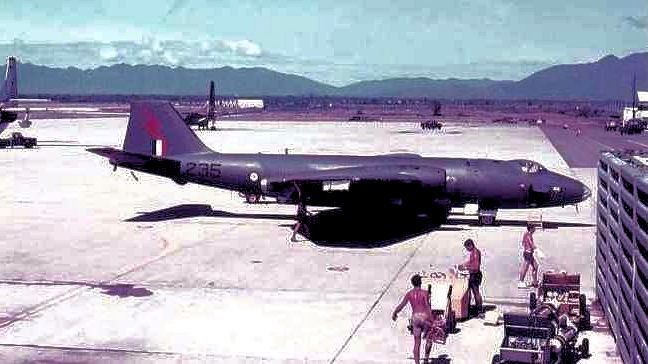 which operated independently of American forces, 2 Squadron was
integrated into the 35th Tactical Fighter Wing, although its missions
were restricted to targets in South Vietnam.
which operated independently of American forces, 2 Squadron was
integrated into the 35th Tactical Fighter Wing, although its missions
were restricted to targets in South Vietnam.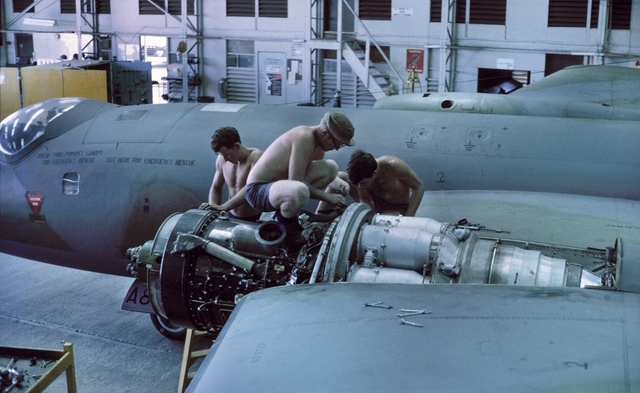 noteworthy rate of 97 per cent serviceability.
noteworthy rate of 97 per cent serviceability. 